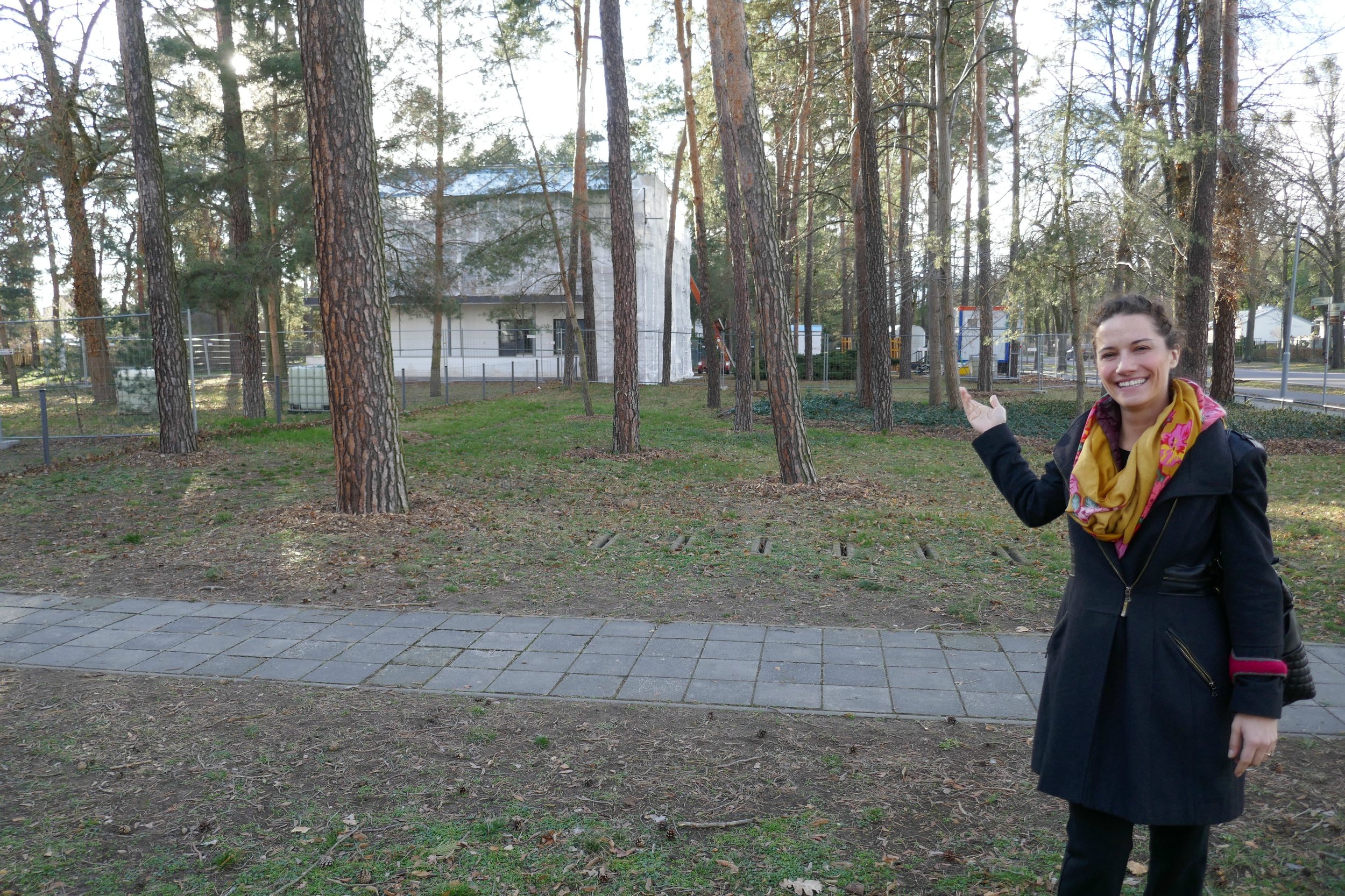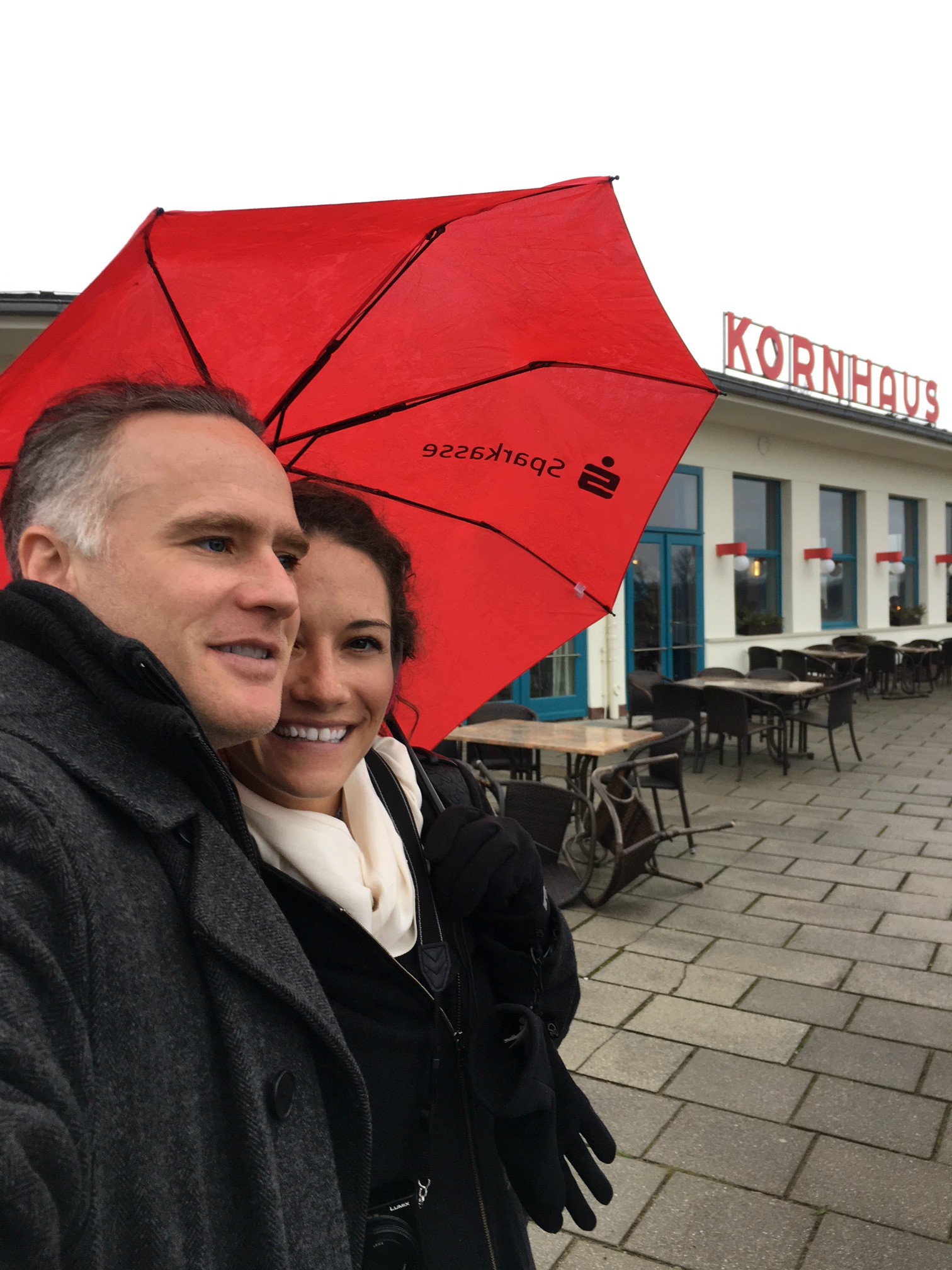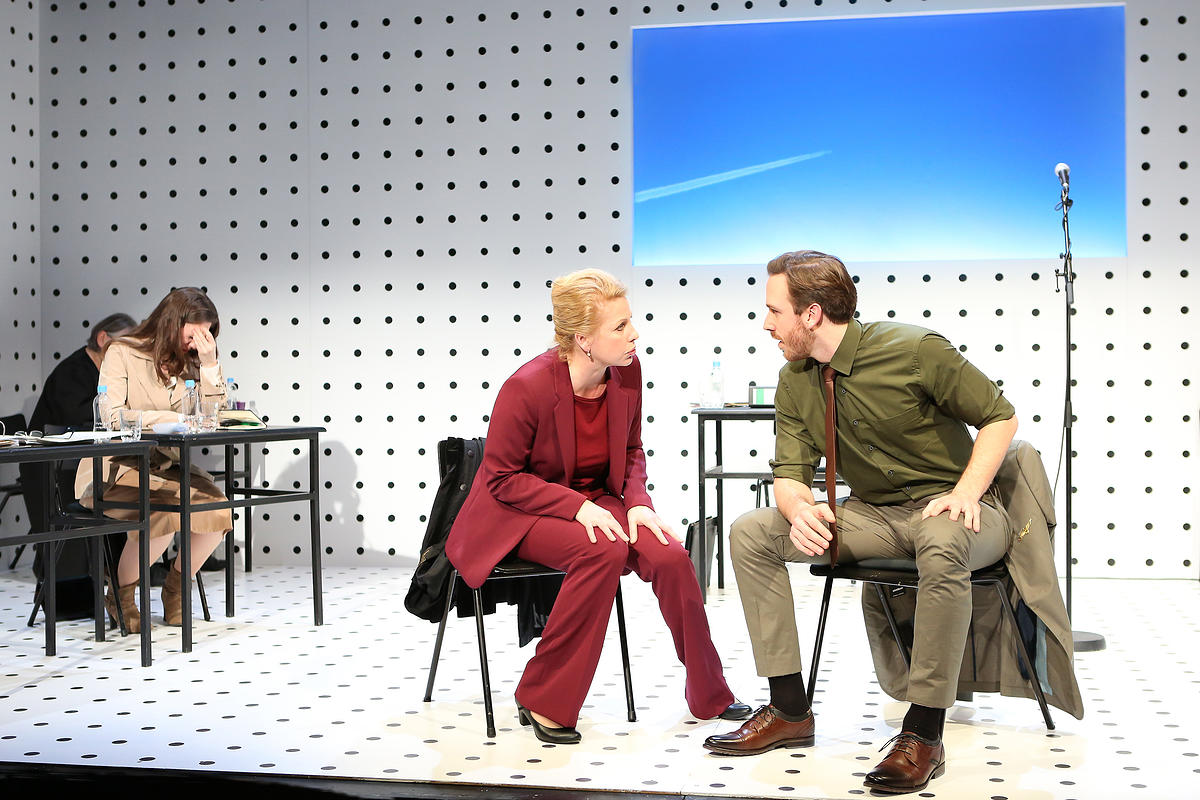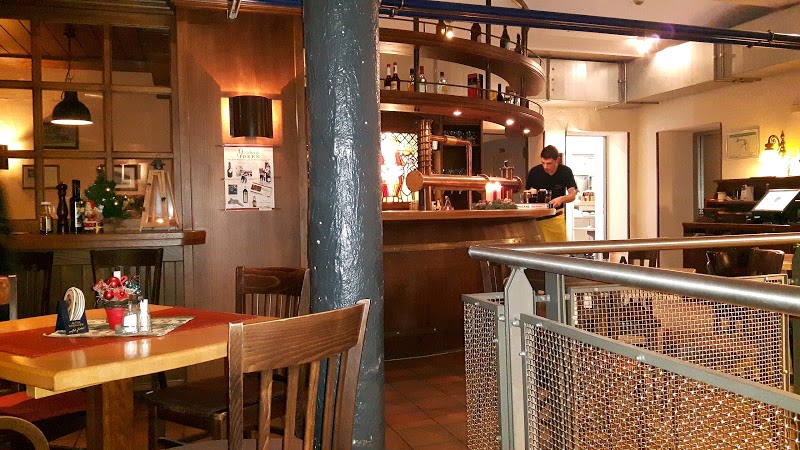weekend in dessau
At the start of this month, we took a quick trip to Dessau, Germany. The city of about 80,000 residents found its way onto our radar after we saw it on the NYT’s list of 52 places to see in 2019. When we stumbled on good hotel and train deals, we packed our suitcases and headed two hours southwest of Berlin. We fit a lot of fun things into our weekend, but the three things that made the biggest impression were the celebrations promoting German unity and inclusion, the Bauhaus history and architecture, and the Jewish community.
Unity and Inclusivity
By chance, the weekend we visited was the anniversary of the bombing of Dessau on March 7, 1945. For years, neo-Nazis have used this date as a rallying cry. But the citizens of Dessau wanted to take a proactive stand against the ideology of the far-right and show that Dessau is a welcoming city. So, they held events throughout the weekend to promote unity and openness for the entire community and to explicitly denounce extremism and intolerance. There were also banners and statements of inclusivity all over the city. Just a couple of examples were the LBGTQ+ banner at the Dessau Rathaus (City Hall) and the life vests displayed at a local church to show solidarity for all refugees fleeing their homes to find safety.
The band’s banner says “Voting AfD is so 1933”. The AFD (Alternative für Deutschland) is a far right-wing political party currently in Germany.
On our first morning in Dessau, we heard really loud music from our hotel room. Julien did some sleuthing and found out that the city was hosting a NaziFrei (Nazi-free) punk/ska concert outside the Dessau train station. I was moving pretty slow, but eventually we got ourselves out the door and over to the show. I felt a little out of place in the sea of Doc Martins and early-morning moshing. But the music was good, everyone was friendly, and we were, of course, happy to support the anti-fascist message!
Bauhaus
I probably should have known this, but I was totally out of the loop about the Bauhaus movement and the central role Dessau played in its history. Turns out, Dessau is considered the home of Bauhaus art and architecture and is celebrating its 100-year anniversary this year! The original school included prominent artists such as Walter Gropius, Paul Klee, and Wassily Kandinsky (my favorite artist... how did I not know more about Bauhaus??). So, we took the opportunity to learn about the movement, key architectural features, and the history that eventually led it to be denounced as “degenerate art” by the Nazis. We also enjoyed the unity events hosted by the Bauhaus museum – creating Bauhaus inspired postcards and listening to a car-horn concert, which was exactly what you imagine.






Jewish Community of Dessau
The memorial reads: The Jewish men, women, and children who fell victim to Nazi terror from 1933 to 1945
Partly due to the unity celebrations and partly due to the Kurt Weill Festival happening at the same time, the Dessau synagogue hosted an open house. We stopped by to connect with the city’s Jewish residents and indulge in some delicious Sunday morning pastries. We had the pleasure of meeting the synagogue’s President, Alexander Wassermann, and learning about its sad history from him. Because all of Dessau’s Jewish residents fled or were murdered in WWII, the Jewish community today is mostly comprised of Jewish immigrants from the former Soviet Union. The community has only begun to regrow in Dessau since 1994. Since then, they have created a cozy community space with religious classes for children, a library, and a small museum. And they are raising funds to expand and renovate their space.
Sadly, the synagogue receives occasional threats. President Wassermann told us that they take threats seriously and have dedicated police protection, but that overall, the community feels safe in Dessau.
Other highlights...












